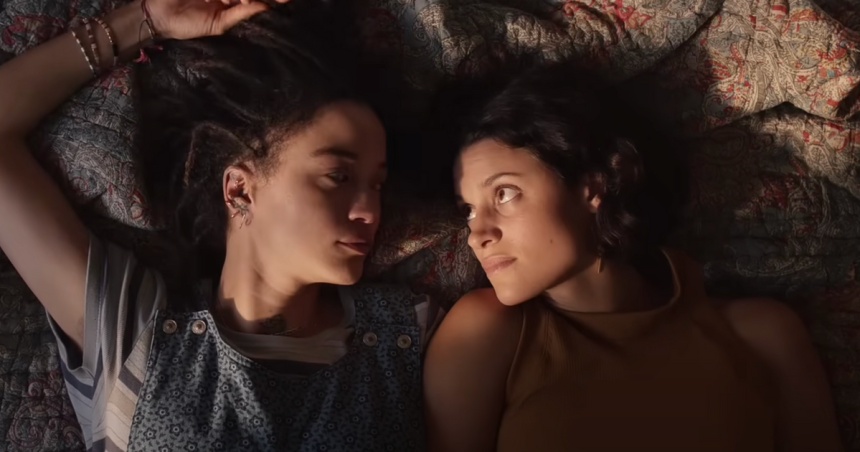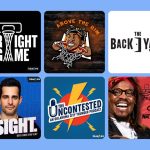Consumers are seeking more visible and meaningful representation of the LGBTQ+ community in advertisements, but advertisers are still falling short, according to a joint report from GLAAD and Kantar.
The report, which reviewed and scored more than 400 national linear TV ads that the top 10 global advertisers ran in 2022, found that LGBTQ+ people and stories received just 1.42% of total screen time, and that only 3%, or 14 ads, could be counted as being inclusive. The total size of the US LGBTQ+ population, for comparison, is 7.2%, according to a recent Gallup poll.
“Our community is nearly invisible in mainstream advertising, with room to grow both in scale and in quality,” Sarah Kate Ellis, GLAAD president and CEO, said in the report. Advertising should “accurately reflect the American people, who are strongly supportive of LGBTQ” rights, Ellis added.
The report also surveyed 1,000 adults on their perception of LGBTQ+ representation in ads. Only 28% of respondents reported seeing bisexual representation in ads, despite bisexuals being the largest segment of the LGBTQ+ community in the US, according to Gallup. That’s compared to 61% of respondents who said they had seen gay or lesbian characters in ads.
- 54% of Gen Z respondents said current LGBTQ+ representation is visible enough to be noticed by most people; 71% of boomers agreed.
- Overall, 54% of respondents felt that displays of empathy and humanity, as well as realistic stories, were important in LGBTQ+ advertising.
- In comparison, only 31% felt cameos from known LGBTQ+ celebrities were important.
“Not all brands will be able to be activists or advocates for the LGBTQ+ community, but they can choose to be good allies. They can choose to be supportive,” Valeria Piaggio, global head of DEI at Kantar, told Marketing Brew. “In doing so, the most important thing is to be very strategic.”
False alarm
LGBTQ+ advertising is in the spotlight more than ever right now, due to fallout from Bud Light’s decision to tap trans influencer Dylan Mulvaney for an advertisement, which prompted right-wing backlash and a boycott. Target also recently came under fire for its decision to move Pride Month merchandise to the backs of its stores following reported threats to employees and damaged merchandise.
Get marketing news you’ll actually want to read
The email newsletter guaranteed to bring you the latest stories shaping the marketing and advertising world, like only the Brew can.
The report, though, noted that other brands with Pride initiatives that have faced right-wing pressure have not experienced the same level of controversy.
“Other than Target and Bud Light, we didn’t see companies turn their backs or change plans when they faced this online critique and call for boycotts,” Meghan Bartley, director of agencies, brands, and engagement at GLAAD Media Institute, told Marketing Brew, pointing to companies like North Face, Walmart, and Cracker Barrel as examples. “The companies that stood their ground saw that the world really moved on. They didn’t see that increased threat come at them.”
Bartley added that the financial losses Bud Light faced after the Mulvaney controversy may not entirely be due to prejudice and bigotry. “Is that because of anti-LGBTQ activists, or is that also our community and allyship being offended that they changed plans in the face of anti-LGBTQ hate?” she said.
Silver lining
Despite controversies like Bud Light’s, Piaggio said she believes LGBTQ+ representation will continue to grow in advertisements and media in the future.
“If you remember 10 years ago, brands like Cheerios and Honey Maid were having backlash because they were showing interracial families or individuals of mixed race,” Piaggio said. “Ten years later…we have gained a certain level of acceptance of that topic. Something similar will happen in the case of LGBTQ+ representation.”
Among GLAAD’s recommendations was that advertisers “include LGBTQ content in your general market campaigns year-round and don’t limit your LGBTQ media buys to June.”
Read the full article here










